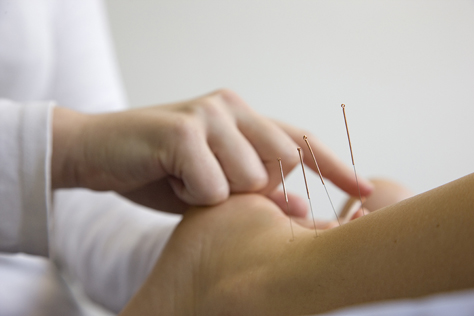
Achilles Tendinopathy – What is it? How does it come about and how do I avoid it?
Achilles tendinopathy is a little complicated, it has confused us in the profession for many years and even now we learn new things about it almost monthly, with the large amount of research currently being undertake.
For the purposes of this article though I will be fairly general, or else this article could go on for hours!
Ok, so generally achilles tendinopathy manifests itself as pain in the Achilles tendon region (where your calf muscle meets your heel). It is generally painful first and you will find that it becomes increasingly difficult to load i.e. run/walk. The picture is one of runners who have overloaded their Achilles, accelerated their training program or thrown themselves in at the deep end to try to make a race or event, the achilles in turns reacts and becomes sore. Alternatively the tendon is generally ok but seems to be specifically sore on initiating activity, even just getting out of bed in the morning, but then in fact feels better once you get going, but then it’s sore again! See… I told you it’s a bit complicated. So what is the pain, in its simplest form it’s due to breakdown of the integral structure of the tendon – collagen – and the chemical interchange in response to this.
During exercise we attempt to overload our body tissue, to force it to adapt and this is how we get stronger, faster and fitter. While we sleep or rest we allow our bodies the absolutely necessary opportunity to repair. The balance of these two requirements is critical and for our tendons even more so.
Let’s put things into prospective. The load through our lower limbs is anything, depending on what you read, between 2 to 6 times body weight with every stride. We roughly take 500 strides per limb per mile, give or take. So just take a minute to calculate your daily or to get a real picture, weekly strides that your lower limb, or in fact your Achilles tendon is having to tolerate.
Now I spend my days in clinic telling people how robust the body is, if trained properly it can tolerate enormous loads with no problem, however, as highlighted above, the problems start when you get that balance of training, rest and recovery wrong.
So how do I avoid this? The major no no’s are:
• Don’t suddenly change your training regime i.e. don’t throw in some steep hill training to mix things up a bit! Hills are a great training and strength enhancer but if they are not incremental, can create unnecessary achilles issues.
• Do plan your training regime well, it has to be incremental with adequate rest and recovery – The body will always react positively to loading, its whether its had time to recover and rebuild to allow you to go a little further, or faster than before.
• Don’t dramatically ramp up your milage in an effort to be race fit. This includes both duration and frequency – I don’t have enough fingers or toes to count the amount of times athletes have come in complaining of achilles pain because they decided to crank things up. There is only so many hours in the
Other factors to consider:
• Age – We unfortunately repair slower with age
• Gender – Males more likely to get tendon issues? Yet to be proven
• Muscle power/strength – strong muscles generally equates to strong tendons
• Reduced range of movement at the ankle – If the ankle range is limited the tendon cannot function optimally
• Increased weight gain – Increased load on the tendon? The consensus on this is that if this was the case, lighter people wouldn’t get tendinopathy and all heavy people would!
• Previous injury to the achilles – you will be more susceptible and sensitive to load
• Diabetic: Have to be even more careful as very sensitive to load changes and slower repair phase.
A good example of this in my experience in professional sport is pre-season training. Everyone has a well deserved holiday in the off season, sits by the pool, has a few to many margaritas and maybe over eats a little too, in essence total de-load of the body. The last thing on an athletes mind is exercise. Then abruptly, pre-season starts and if the training loads aren’t measured and incrementally increased then invariably the Achilles tendon is the first to complain.
Magnusson (2010) wrote an interesting paper on how the we balance tendon load, explaining that by loading the Achilles we encourage collagen formation, which is great, but there is also some collagen degradation that occurs with loading too, it peaks before 24hours, but thankfully the collagen formation phase lasts longer than the degradation stage, which can last over 24-48hrs and anything up to 72 hours, so if you don’t give yourself some periods of at least 24hr rest at minimum, at periodic times in the training week, you can see that its plausible to actually start to breakdown the tendon and this in turn becomes painful and effects our activity.
Don’t suffer in silence, if your Achilles is complaining, there are many strategies to reduce pain and get the tendon functioning optimally. Book in with one of our physio’s to get a full assessment and treatment plan and start performing at your best.




